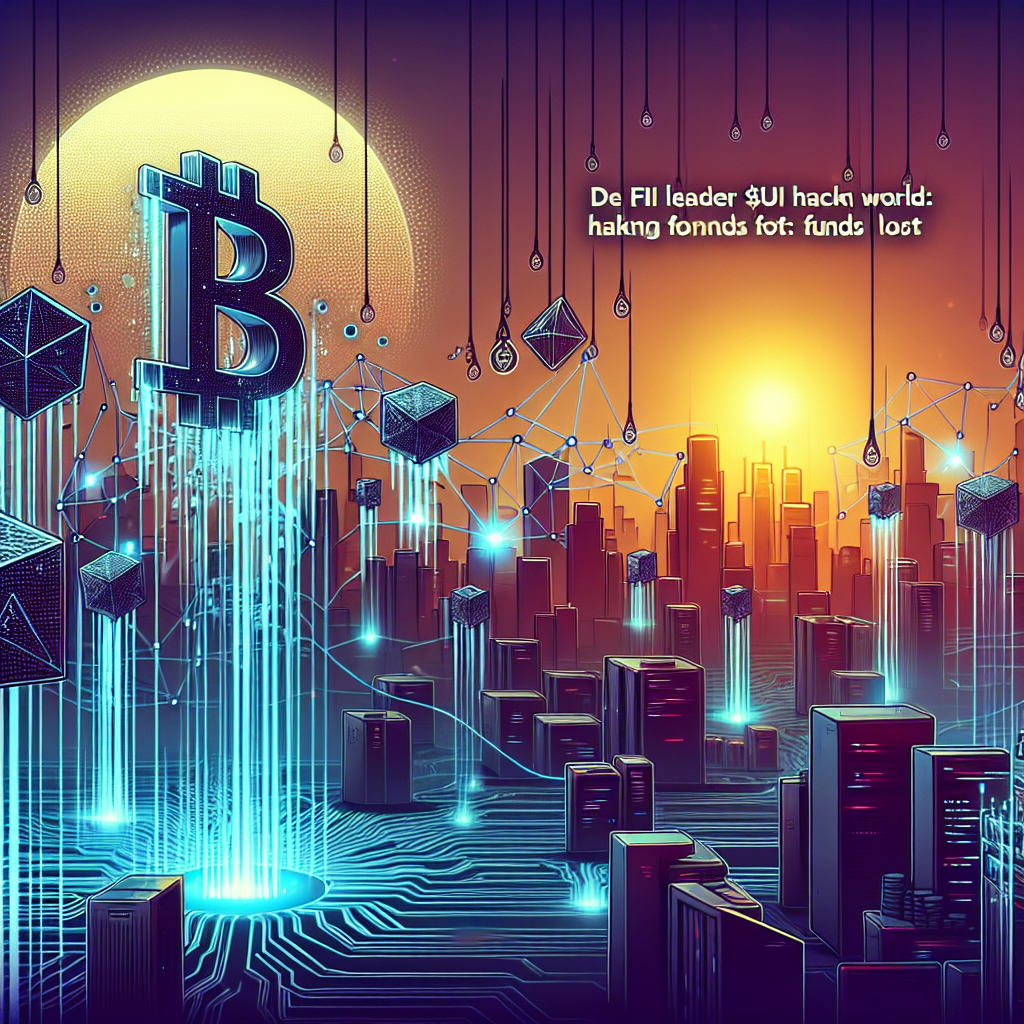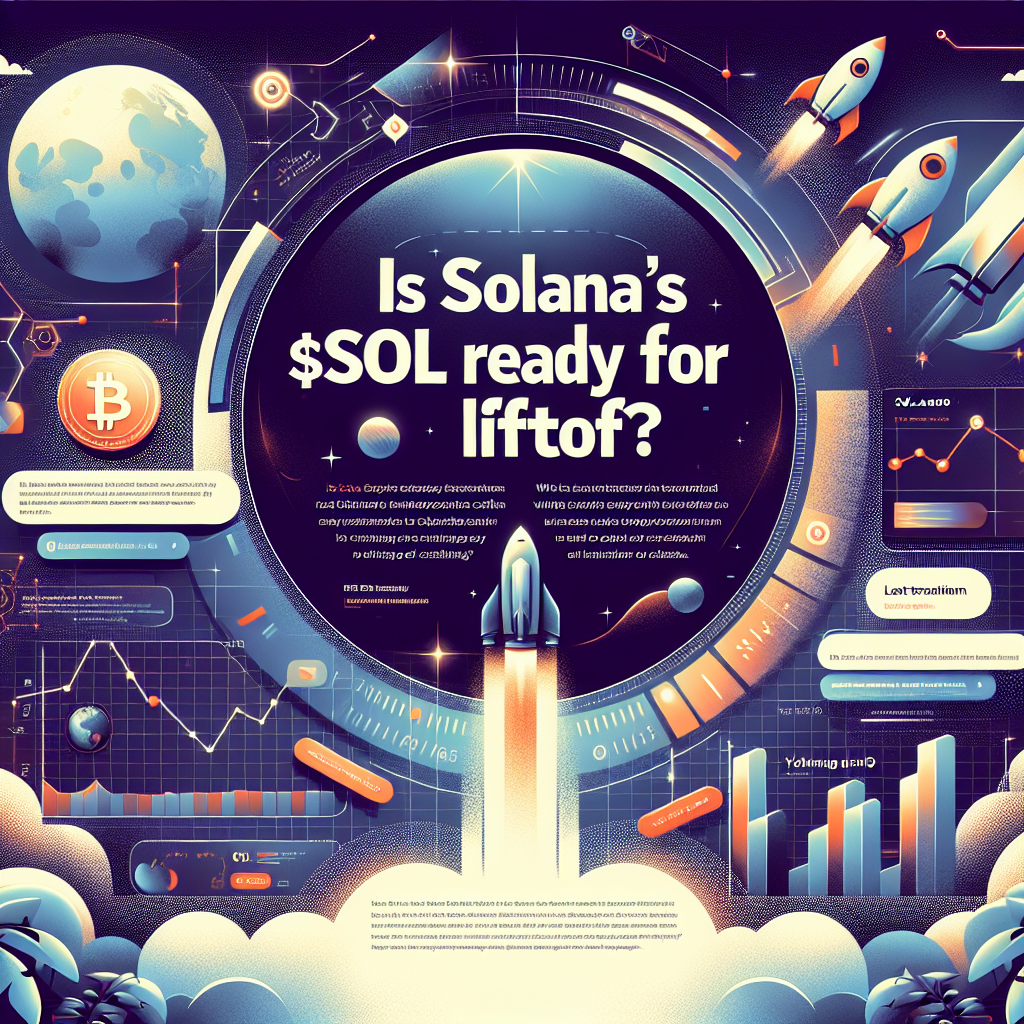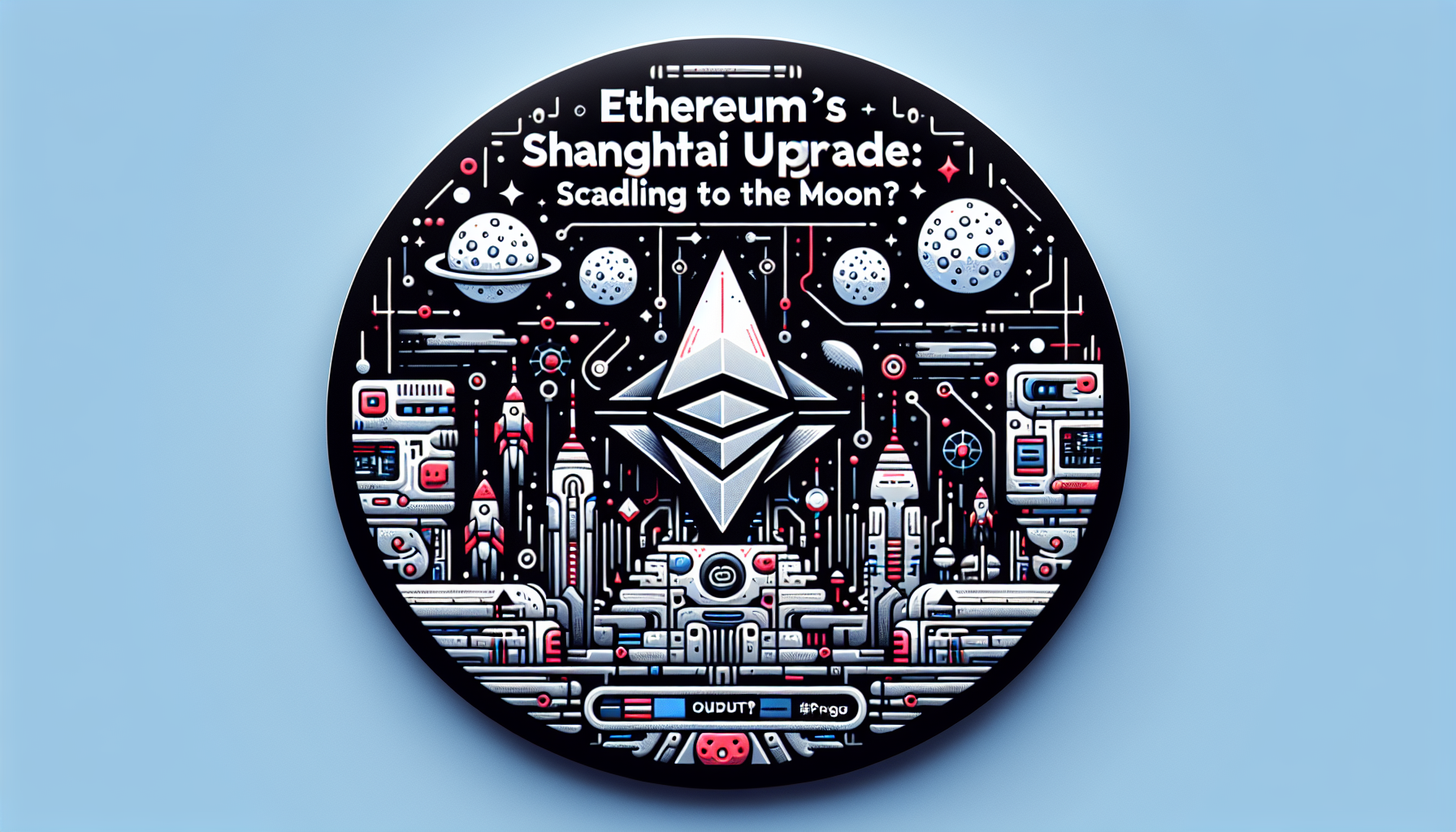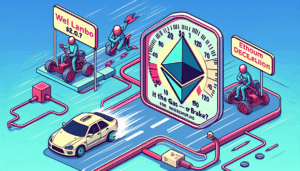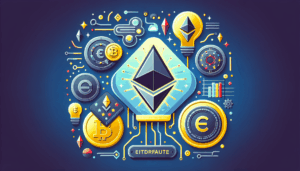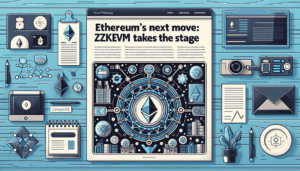Hey, fellow Ethereum enthusiasts! Big news coming out of the Ethereum realm—Ethereum’s Shanghai upgrade has officially launched. But what does this mean for your gas fees and the long-awaited scalability? Let’s break it down.
The Shanghai Upgrade: What’s New?
You might wonder, “What’s the Shanghai upgrade all about?” In short, it promises to reduce gas fees and improve transaction speeds, making it a game-changer for everyone building on top of good ol’ Ethereum. Think speedier transactions without the wallet-crushing gas fees that make you HODL for dear life.
Under the hood, the upgrade leverages the Ethereum Improvement Proposal (EIP) 4895, which aims to optimize data availability and use techniques like data sharding. These changes mean more transactions per second (TPS), bringing layer 2 solutions (L2) like Polygon and Arbitrum further into the spotlight. So, fellow degen, you might actually get to snag those NFT drops this time!
Trade, earn, and grow with over 100 million users on Binance — the global leader in crypto.
What This Means for the L2 Ecosystem
So, how does this affect the other layers? You see, L2 solutions like Optimism and Arbitrum thrive by scaling Ethereum. With Shanghai, these rollups can further reduce costs and even go toe-to-toe with other blockchains known for high TPS like Solana. Imagine rollups as those turbo boosters in a car race. The Shanghai upgrade is like turning up the nitro dial to eleven.
But, while it’s all rosy, keep your eyes peeled. With great power comes great rekt potential. Ethereum’s scalability gains could lead to onboarding more users, but the network still faces hurdles like centralization risks—something decentralization purists frown upon.
Conclusion
Ethereum‘s Shanghai upgrade is laying the groundwork for a scalable future, but as always in crypto, the devil’s in the details. Will the gas fee gods finally smile upon us? Time will tell. Meanwhile, I’ll be over here charting TPS stats for fun.



